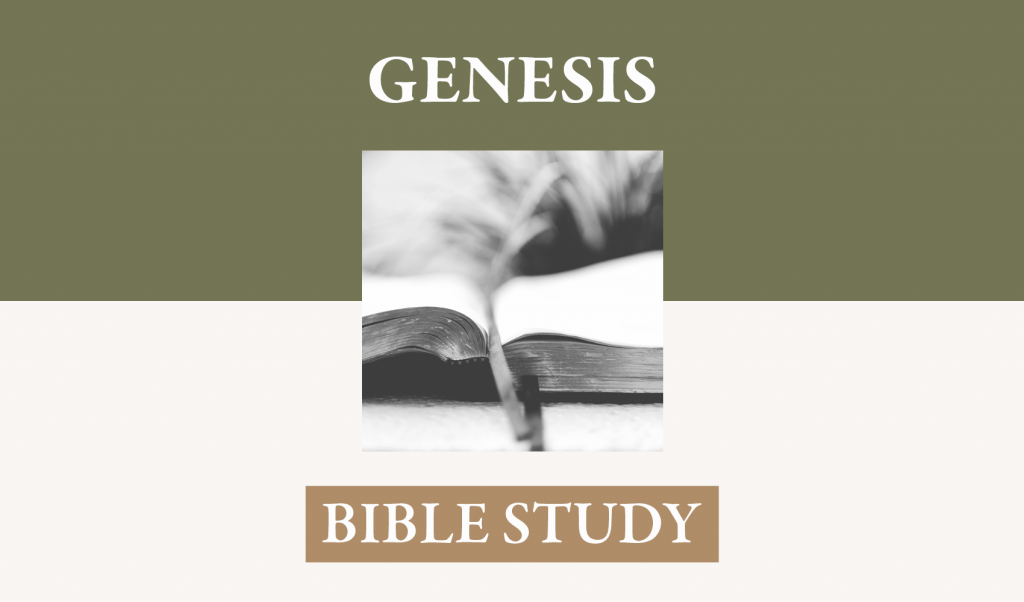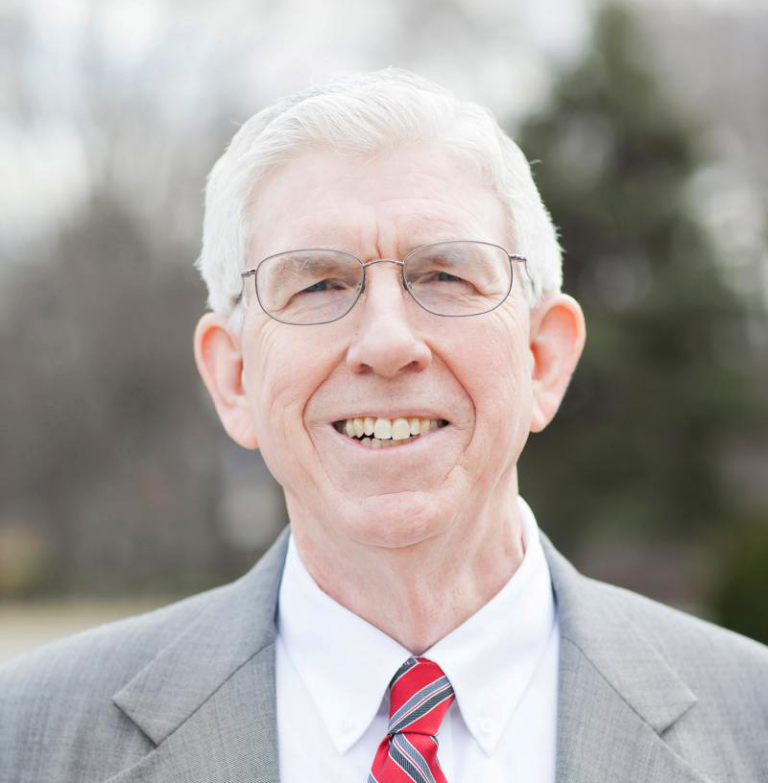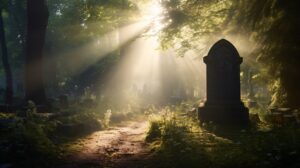I. Genesis 1: 24–31 — On the sixth day of creation, God made all the creatures that would occupy the Land that had been separated from the waters on day three.
A. Verses 24, 25 – All land animals were created with the ability for multiplication within their kind. Each of the types created have distinctions between themselves that limit multiplication within their kind. There is even a distinction in the kind of flesh that each has as there is a distinction in the quality and beauty of all the heavenly bodies (e.g. 1 Corinthians 15:38-41) This, as in every other step of creation, was pronounced “good.”
B. Verses 26 -28 – Finally, Man, humanity in the image of God is created. The text, “Let us make man in our image, after our likeness and let them have dominion” has several profound implications.
- The plurality – “us” and “our” – is consistent with the doctrine of the Trinity. It indicates creativity, self-consciousness, personal interaction, rationality, and moral disposition.
- The device of a consultation shows the importance of this created thing. The creation of man in the image of God is the high point of creation. Everything was ready for the appearance of man and was put in place to serve him. Man specifically is given dominion over all other things ( cf. James 3:7).
- Man is created as male and female—one male and one female—and from them all succeeding generations of God’s image-bearers have come (Acts 17:26; Romans 5:12, 15,16, 17, 18, 19). We can choose neither the species we want to be nor the gender. The fall into sin has generated several perversions of human sexuality, but these perversions are not to encouraged, much less celebrated, and all will come under the judgment of God.
- The image of God means at least the things seen in this text: Communication, consultation, creativity, purpose, self-awareness, enjoyment of beauty and pleasure, and lordship according to the sphere of responsibility. Colossians 3:10 indicates that “knowledge” of a certain type is an element of the image of God; Ephesians 4:24 calls “righteousness and true holiness” prevalent traits of the image of God. Both of these passages indicate that the image of God includes integrity in work, relationships, speech, and affections.
- After the creation of man, God’s survey of all that he had done brought the judgment “very good.” All that God made, while reflecting God’s power and glory, was intended to serve man and man was intended to know and serve God.
II. Genesis 9:1-7 –
A. Noah and his family are responsible for beginning anew the peopling of the earth. This is a renewal of a command given to Adam and Eve. The earth is made for man, for his sustenance, for his rule, for his benefit, and for his dominion. (Genesis 1:28; 9:1).
B. Verses 2, 3, 4 – Humans are superior to all other forms of life and may use all of them for food.
- All other forms of life will have an instinctual fear of man. There are differing levels of this and some of the non-human life can be domesticated for human purposes and human flourishing. Human are not just a more sophisticated form of animal life, with no intrinsic superiority over other living things. We are made in the image of God for the purpose of having dominion for good over other created things.
- All non-human forms of life, both plant and animal, may be used (after the flood) for food. Only plant life was permitted for food prior to the flood (Genesis 1:29). This, of course, is to be limited by knowledge of the poisonous effects of some kinds of plants and animals, should be prepared for consumption in ways that are healthy and pleasing. Dietary laws for Israel were given as part of a larger code to make them distinct from other nations of the earth.
- Verse 4 – the prohibition of eating the flesh with its blood arises from a two-fold cause possibly. One, preparation that minimizes blood content is much healthier for the human being. Two, there seems to be the spiritual effect of creating insensitivity to life, the development of a rapacious outlook, when a desire for blood characterizes the appetite. Avoiding this tendency moves naturally into the next requirement.
C. Every human life that is taken while innocent shall be avenged
- The killing of a human being, whether by man or animal requires reckoning. No person shall take the prerogative of life over another human being but must do all that can be done to preserve human life, and cause it to flourish and be abundant on the earth.
- An animal that kills a human being must be put down. This is so that the superior value of human life is to be maintained in society. An animal does not have moral intent in its actions, and so in that sense is neither guilty nor innocent. This requirement of death for an animal is designed purely to show that human life is superior to all other forms of created life on the earth.
- Society has the God-ordained responsibility to highlight the value of human life by requiring an exact reckoning for murder. If a person sheds man’s blood—that is, if he intends to do such harm to a person that he kills him—his life is forfeit. A person that does not embrace the inviolably precious nature of the image of God (6b) is not to be kept in human society. He works opposite of God’s intention for this world and thus must not be allowed to stay in it. He has taken life and he should be producing life.
- Human life, moreover, is of such value that one is even forbidden to have malice or harbor anger toward a fellow human. Jesus said that in such a case, one makes himself susceptible to the judgment (Matthew 5:21, 22). Of what consequence, then, would be the settled purpose to destroy human life as a business and for no offense committed by the one against whose life the purpose is steadily maintained. Many a victim of abortion will rise up to testify against their murderers and, unless these baby-destroyers are reconciled to their maker against whom the most serious crime has been committed, they will not be released from their due punishment until they have paid the last penny—that is, never (Matthew 5:23-26).
- A book entitled Among the Cannibals that describes early missionary work among the cannibals of the South Sea islands, and contains the story of more than one missionary killed, beheaded, dismembered and cooked by cannibalistic tribes, described daily life in these tribes. “The sanctity of human life was unknown. The man who murdered most of his fellows was decorated with the largest number of tattoo marks as a distinction. . . . Cannibalism was largely practiced in former times and human flesh was regarded as the chief delicacy. … On the shore of Otaheite half their number had been guilty of infanticide, and amongst them was a tribe or circle known as the ‘Arreoies,’ who were under a vow to murder every newborn infant they could find, Yet they were there listening to God’s gospel, which is His power unto salvation to every sinner who believes it.” Our cultivated and civilized nation is not far behind these cannibals in our unconscionable destruction of human life through the abortion industry. It seems that some are “under a vow to murder every” nearly new-born infant they can find. If we shrink from the bashing in of a head, the dismemberment of a man in order to provide a cannibal feast, we should shrink with equal horror from the ongoing legal practice of abortion, that in certain procedures includes the sucking out of brains and the dismembering of the body, and even the harvesting of parts. If the gospel converted cannibalistic tribes, it can destroy the gruesome industry that destroys human beings while they are in their most helpless and utterly dependent condition.
D. Verse 7 – The earth is designed to support human life in abundance. The command of God has three words that indicate exponential growth of the number of people in the world as God’s purpose—“be fruitful,” “multiply,” “teem,” that is, let the earth be swarming with human life. Then, again, in order to emphasize God’s delight in the flourishing of human life, the word multiply is repeated.
E. This superiority of the value of human life serves as the fountain from which flows the wonder expressed in Psalm 8. The Psalmist in verses 3 and 4, in considering the greatness and infinite perfection of God’s glory and power, marvels that man is to be visited by God, cared for by God. He is to have fellowship with God, upon whom he is dependent for existence, who has given all things their existence, form, order, specific excellence, and has made them that man might see and contemplate the wonderful beauty of God. In seeing the wonder of all other things we are led to conclude that we “are fearfully and wonderfully made” (Psalm 139:14). Even as set forth by Moses in Genesis 9 as God’s revelation to Noah, the Psalmist affirms that humans are above all created things that inhabit the earth and that we are fit to inhabit heaven. The book of Hebrews uses Psalm 8 to support his argument for the incarnation of the Son of God, in a true humanity, for the redemption of sinners banished from Eden and in need of redemption (Hebrews 2:5-9).
F. The Psalmist sees that the earth is made for us and is designed to sustain us. The reality presented to Noah informs both the poetic power and the metaphysical conviction of the Psalmist. He knows and is deeply moved by the position assigned by God to man. “You have given him dominion over the works of your hands.” We are to perpetuate the race of God’s image bearers, not rob the future of its generations of the sons and daughters of Adam and Noah. God himself has assigned them to subdue the earth, to place all things under their feet while respecting each thing in its proper place. If God has crowned us with “glory and honor” we have no right to usurp his purpose and his authority; we cannot so dismiss the value and high calling of a newly conceived child that we would be willing to contradict the proclamation of God and stated purpose for the propagation of the race.





















